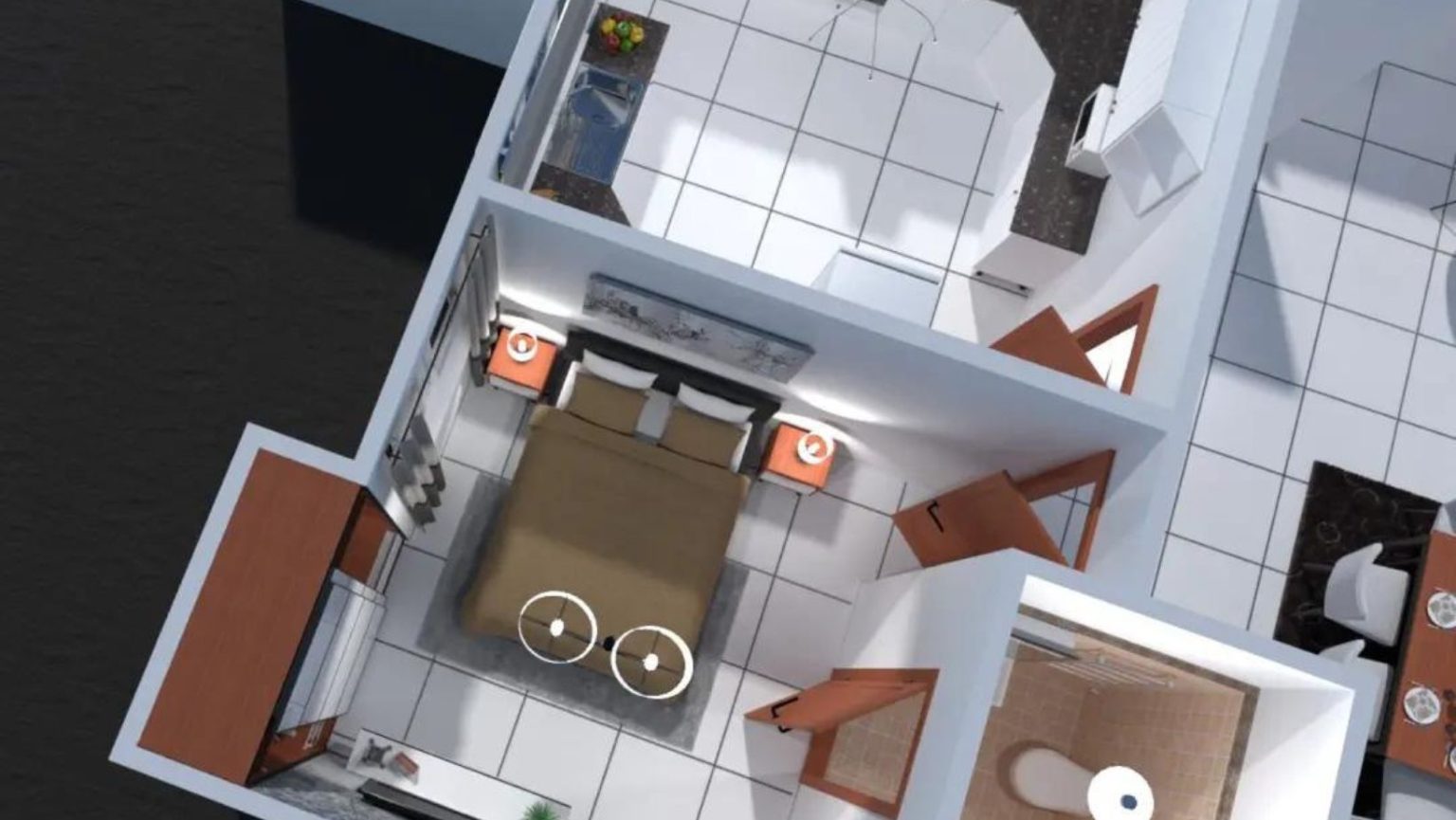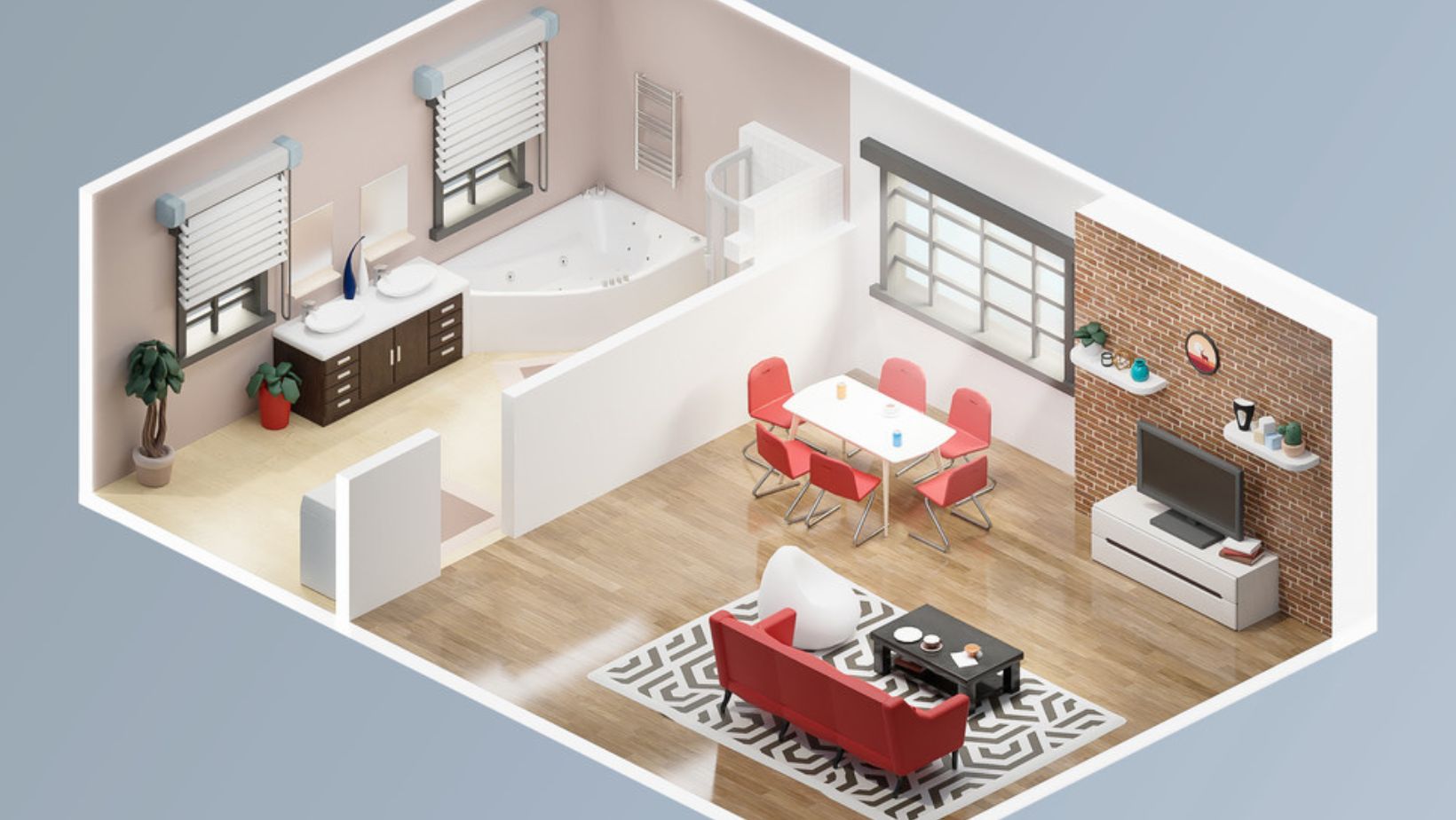What if the spaces we inhabit could not only reflect who we are, but also actively contribute to our well-being and the planet's health? Architecture is not merely about constructing buildings; it's about crafting experiences and fostering environments that resonate with our souls and promote a sustainable future.
Imagine stepping into a home that is a sanctuary, a testament to your unique personality, a place where every detail is thoughtfully curated to enhance your quality of life. Or picture a public space that invites interaction, promotes community, and inspires a sense of belonging. This is the transformative power of architecture.
At the heart of exceptional architecture lies a deep understanding of human needs, environmental considerations, and the seamless integration of form and function. It is a delicate dance between art and science, a process that blends creativity with technical expertise to realize visionary designs. From the initial concept to the final construction, architects are driven by a passion to create spaces that enrich our lives.
- Unveiling Vegamovies 20 Features Reviews More
- Indian Motorcycle 2025 Lineup Mms Scandal News Top Stories
Let's explore the key aspects of architecture, from the technical aspects of designing structures to the aesthetic and functional elements of interior and exterior spaces. We'll delve into historical styles, modern innovations, and the critical role architecture plays in shaping our world.
Consider the legacy of architectural styles. Classicism, for example, has enjoyed multiple revivals, each offering a fresh perspective. The neoclassical movement is a testament to how ideas and aesthetics evolve, reflecting changing cultural values and technological advancements. Similarly, Modernist architecture, which emerged in the late 19th century and flourished in the 20th, showcased a dedication to minimalism and functionalism. It moved away from elaborate ornamentation, favoring clean lines and geometric forms. These shifts are a result of the way architecture has changed in different countries and cultures, where ideas about beauty and artistic harmony have developed, as well as the need for new building types and more advanced construction methods, which have led to the creation of new architectural styles.
Whether you are interested in the technical aspects of building design, such as structural engineering and sustainable materials, or more aesthetically-driven aspects of design, such as interior and exterior design, there's something here for you.
- Movierulz Latest Telugu Movies Risks What You Need To Know
- Vegamovies Bollywood Hindi Tamil Telugu More Watch Now
The beauty of architecture lies in its diverse styles. The architectural landscape is rich with diverse and inspiring styles, offering something for everyone. It is imperative to find a design that resonates with your values and fulfills your needs. The key is finding the style that truly speaks to you.
Lets create something exceptional together. The following table provides a comprehensive overview of the essential details of a project, its scope, and the elements that ensure success.
| Category | Details |
|---|---|
| Project Name | Defining the Project Identify the type of project. |
| Scope of Work | A detailed list of deliverables, outlining what will be achieved. |
| Goals and Objectives | Specific, measurable, achievable, relevant, and time-bound (SMART) objectives. |
| Budget | A comprehensive budget to cover all project costs. |
| Timeline | Key milestones and deadlines for each project phase. |
| Resources Required | List of all the resources required to execute the project. |
| Risk Management | Identification of potential risks and mitigation strategies. |
| Stakeholders | List of all project stakeholders. |
| Communication Plan | Outline of the communication protocols and frequency. |
| Quality Control | Define quality assurance process. |
| Success Metrics | How will the project success be evaluated. |
| Project Management Team | Names and responsibilities of the project team members. |
| Legal and Regulatory Requirements | Adherence to relevant laws, regulations, and permits. |
The details above are a good reference point to get started. You can add additional aspects to your projects to make them your own. It is important to define the purpose of the project and ensure it fulfills your needs and goals.
Here's a quick breakdown of some key architectural concepts to consider when embarking on a project:
Sustainability: In today's world, sustainability is not just a buzzword; it's a necessity. This means utilizing eco-friendly materials, reducing energy consumption through smart design, and incorporating elements that promote a healthier environment. Sustainable designs are important because they improve air quality and reduce our carbon footprint.
Functionality: A building's functionality is just as important as its visual appeal. Spaces should be designed to meet the needs of the users, whether it's the layout of a home, the flow of a workplace, or the accessibility of a public space. Ensuring a project meets the needs of its users is essential.
Aesthetics: This encompasses the visual aspect of design. From the choice of materials and colors to the overall form of the structure, aesthetics play a critical role in the user's experience. It's about creating visually appealing and harmonious spaces.
Innovation: Embrace new technologies and construction methods to create efficient, cost-effective and innovative structures.
Context: Consider the surrounding environment, climate, and local culture when designing a building. The goal is to ensure that the project blends seamlessly into its surroundings, while providing functional requirements and aesthetics.
Durability: Designs must be durable and built to last. In this context, the use of high-quality materials and construction methods, ensure that structures can withstand the test of time and serve their purpose for generations.
Interior Design: If youre creating interior spaces, it's all about making them beautiful, useful, and pleasant to live in. Good design creates places that are both practical and enjoyable to use every day. If you are designing a kitchen or a public space, it is about ensuring that the space meets the needs of the people who use it.
Exterior Design: The exterior of a building influences the first impressions and serves as a protective barrier. This involves everything from choosing the right materials to incorporating elements like landscaping that enhance its visual appeal and functionality.
Historical Context: It is important to consider the rich history of architectural styles. The different architectural designs have changed the face of societies and cultures. By appreciating and studying historic designs, architects can ensure designs meet requirements, are aesthetic, and are innovative.
Modernism and Minimalism: Modernist architecture appeared at the end of the 19th century and was popular throughout the 20th century. It leaned toward minimalism instead of decoration for decoration's sake.
Neoclassicism: Classicism has been revived many times and has found new life as neoclassicism. Each time it is revived, it is different.
Creating Spaces that Enhance Lives: Whether you're drawn to minimalist modern or sustainable contemporary, the key is finding a style that works for you. It's not just about creating visually appealing structures; it's about fostering healthier, more sustainable living environments.
Architecture is the art and science of designing and constructing buildings and other physical structures. It's about creating spaces that are not only functional but also aesthetically pleasing and reflective of the values and aspirations of their inhabitants. It is a creative process that is driven by practicality and vision.
What can you do with your project? From residential homes to commercial offices and public spaces, architecture is about enhancing lives, improving communities, and making our world a better place. Think about how architecture can shape your life.
With a knack for blending functionality and flair, architecture redefines what it means. It is about designing spaces that enhance lives. In the process of historical development in different peoples and countries of the world, ideas about beauty and artistic harmony changed, there was a need for new types of buildings, and more progressive methods of construction were developed, which collectively led to the replacement of former forms and means of artistic skill with new ones, to changes in architectural styles.
Whether you're an aspiring architect, a homeowner looking to renovate, or simply someone fascinated by the built environment, understanding the principles of architecture is essential. From the layout of a room to the design of an entire city, architecture shapes how we live, work, and interact with the world around us.
Architectural Digest
- Movierulz Latest Telugu Movies More Watch Online Download Free
- Bollywood More Your Guide To Free Streaming Downloads


